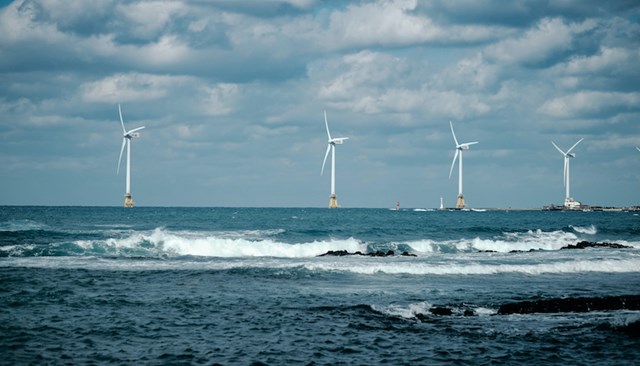Industry has welcomed the confirmation of details around reforms to this year’s AR7 Contracts for Difference round saying the clarity will improve investor confidence ahead of the auction due to open next month.
London published its policy positions on key changes to the CfD system earlier today, including relaxed eligibility criteria for fixed-bottom offshore wind, longer contract durations for certain technologies and a reformed budget setting process.
Energy UK chief executive Dhara Vyas said: “It’s good to see the CfD scheme evolving to meet the current challenges and attract the investment necessary.
“In particular, increasing contract lengths will boost the investor confidence essential for developers to commit to large-scale and long-term projects. Investor confidence not only reduces project costs, it also encourages more projects to bid, further increasing the competitive pressure which can reduce prices further.
“While changing the eligibility criteria around planning consent (for offshore wind) could also increase the number of bidders, we would underline the need for the safeguards outlined by the government and to continue the focus on timely consenting of projects.
“We look forward to the government providing more detail around parameters for the next auction soon. Doing so will provide important clarity ahead of the most significant auction to date and help deliver more of our own clean energy sources to reduce the country’s expensive reliance on fossil fuels.”
RenewableUK policy manager Nick Hibberd said the update from government “provides much-needed clarity and certainty for investors in vital new renewable energy projects”.
Extending contract terms to 20 years will “boost the attractiveness of new UK projects at a time of intense international competition for private investment”, Hibberd added.
“The government is allowing unconsented fixed-bottom offshore wind projects to bid into this auction for the first time, however, we note that this will only be possible under strict criteria after projects have already completed some stages of the application process.
“This means that 20GW of offshore wind is now eligible to bid into this auction, which is more than the UK’s entire current offshore wind capacity of nearly 16GW.
“The focus should therefore be on ensuring that projects are delivered in a timely way to contribute to Clean Power by 2030.”
The RUK policy manager also welcomed the move to a new budget setting process, in which UK Energy Secretary Ed Miliband will have partial visibility on sealed bid information for projects that breach the initial budget.
“The budget can then be increased to procure projects above the initial budget if they are deemed to be good value for money for consumers. This will mitigate the risk of significant budget underspend we have seen in previous years and ensure we maximise the deployment of high-quality renewable energy projects in this auction,” Hibberd said.
Support for test and demonstration floating wind projects is also a “crucial step forward” for the nascent technology and allowing onshore wind repowering projects to enter the auction will be “a key measure” as the UK aims to double its onshore wind fleet by 2030.
“If we are to attract the record amount of investment this year, we need to see the rest of the auction details set out as soon as possible,” Hibberd stated.
“These should include more realistic expectations of future electricity prices to estimate the value of new projects more accurately, and Administrative Strike Prices which reflect global cost pressures.
“We would also advise the government to provide greater flexibility to developers on the delivery milestones for projects, to enable cost reduction and mitigate supply chain and construction challenges.”

